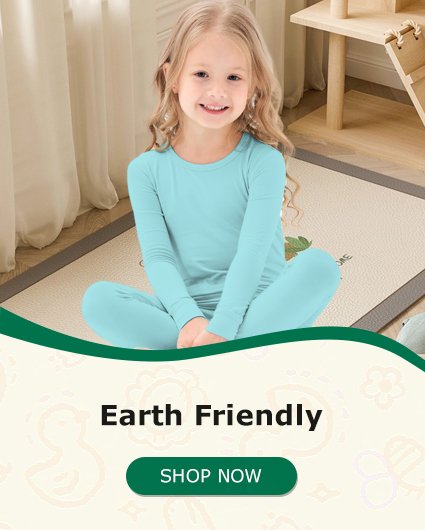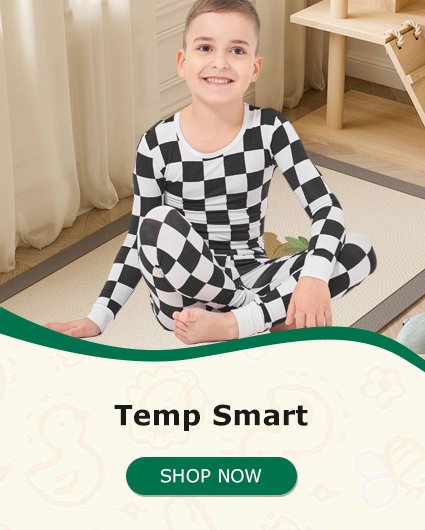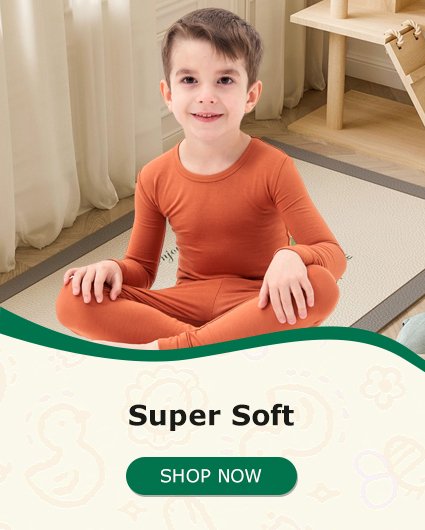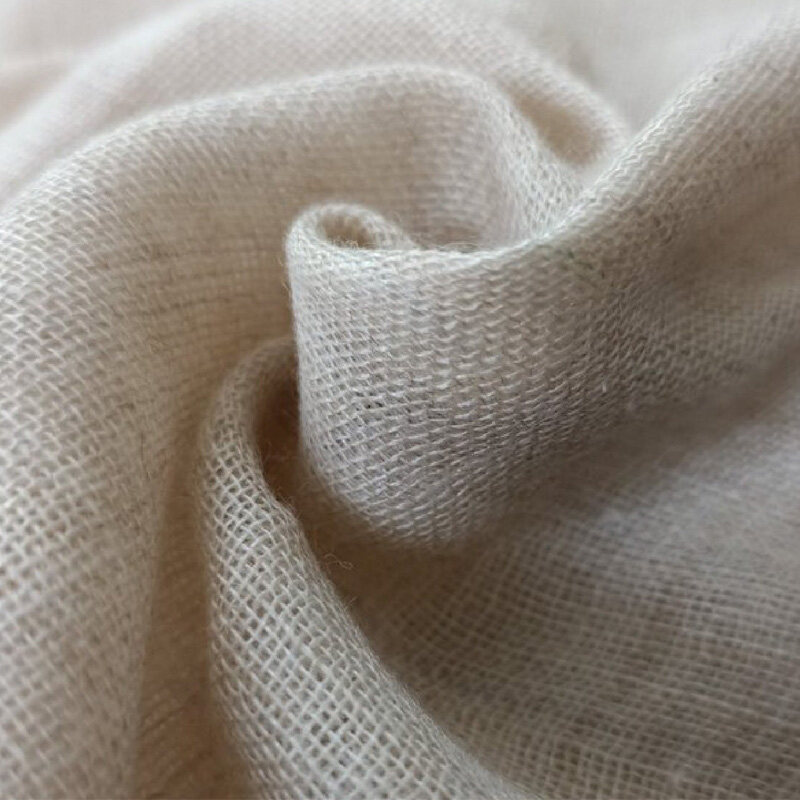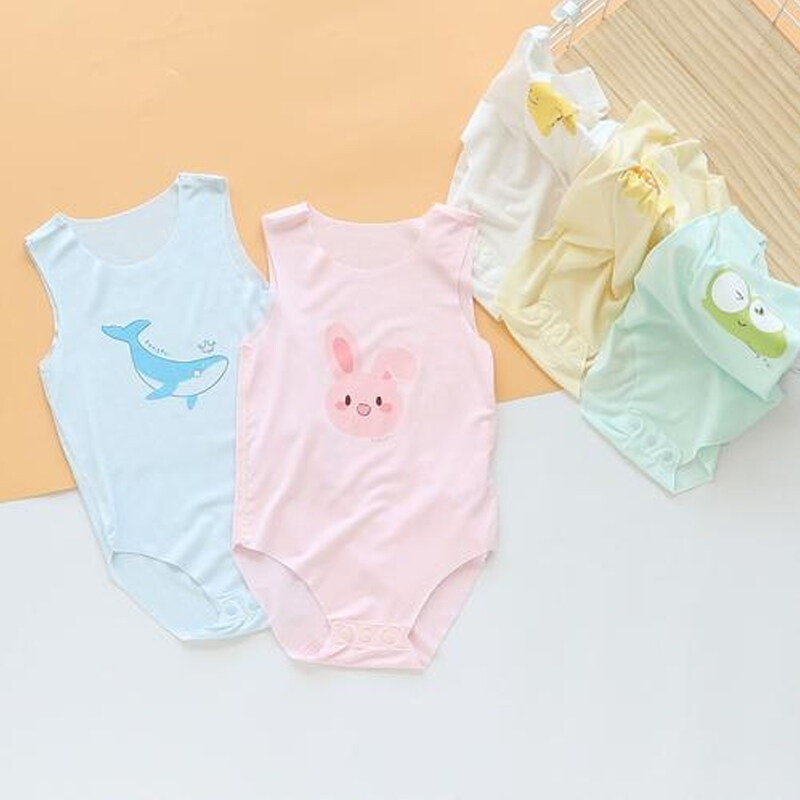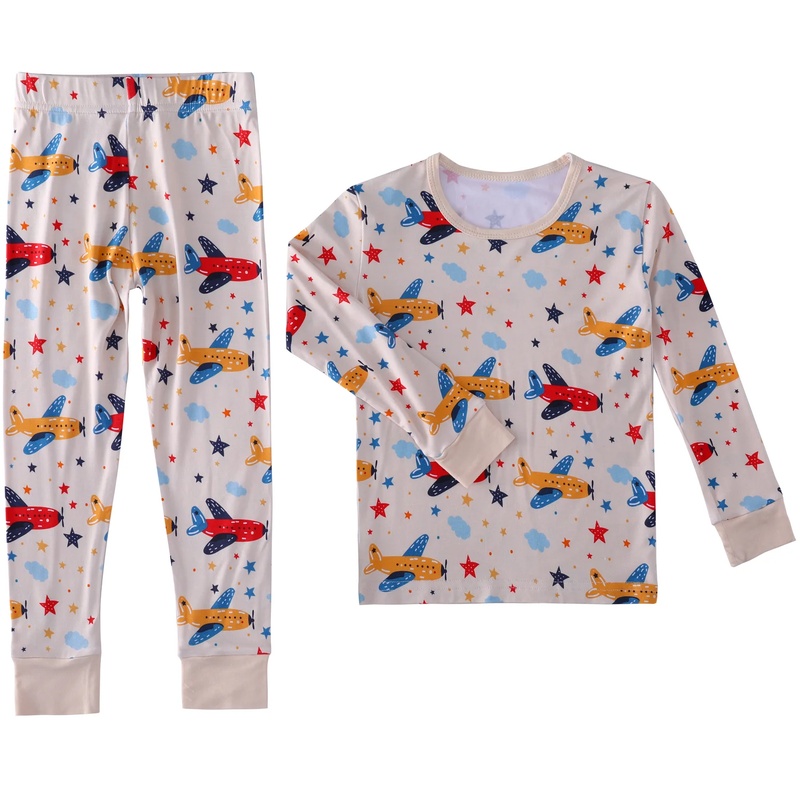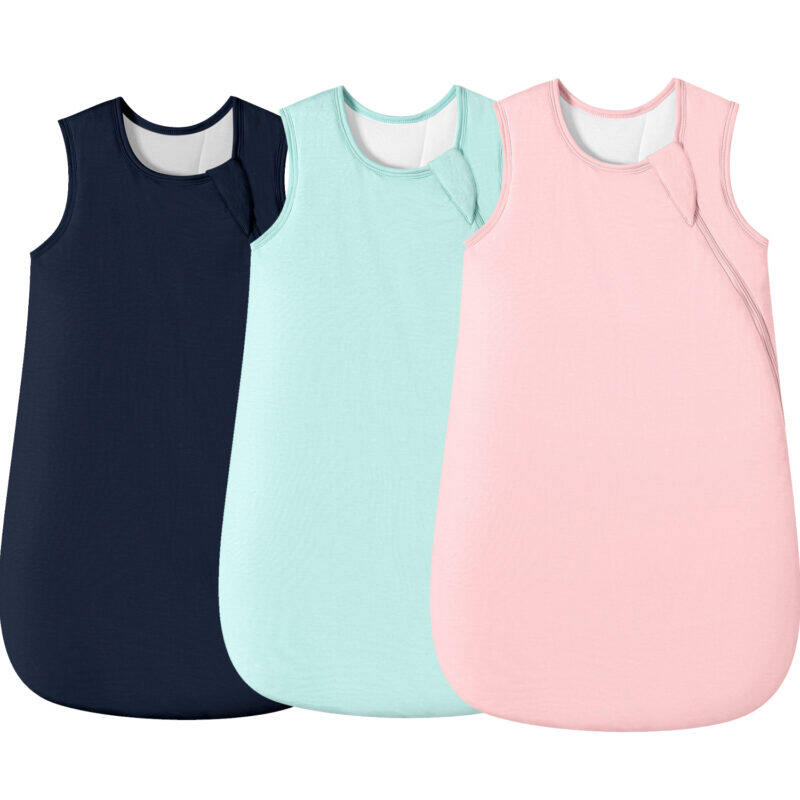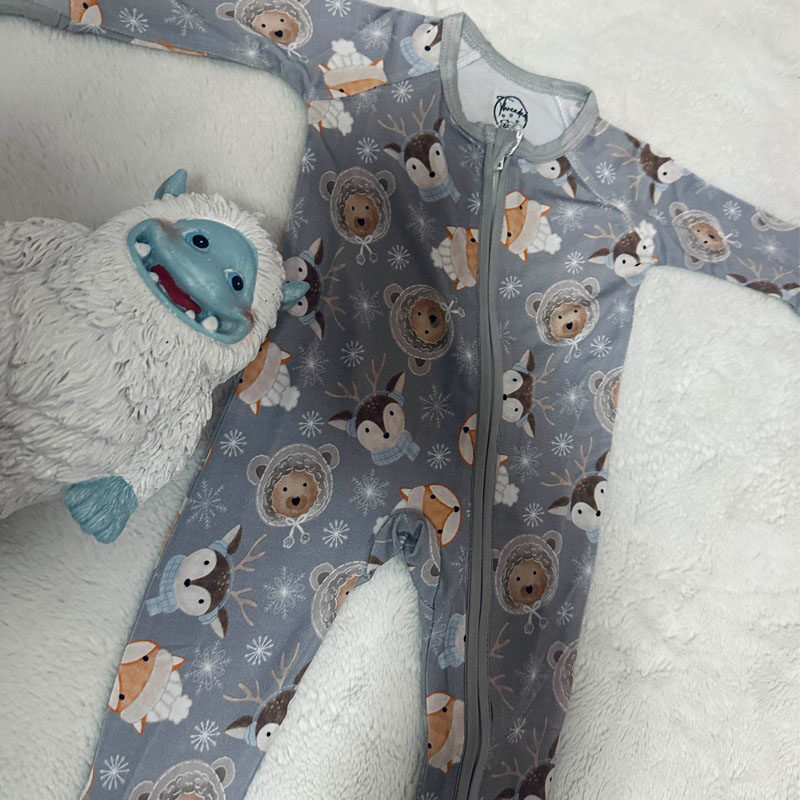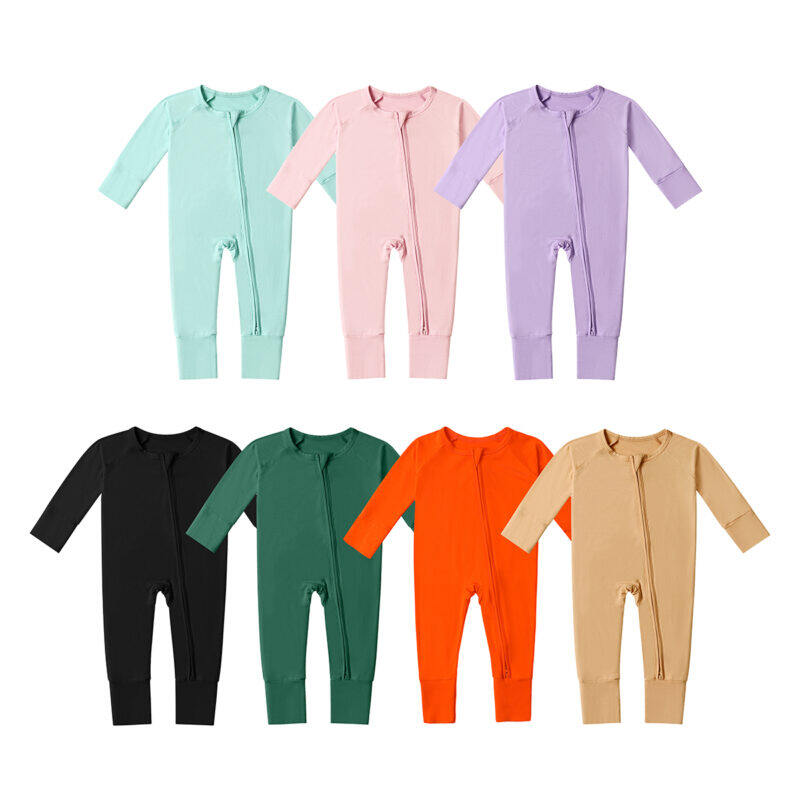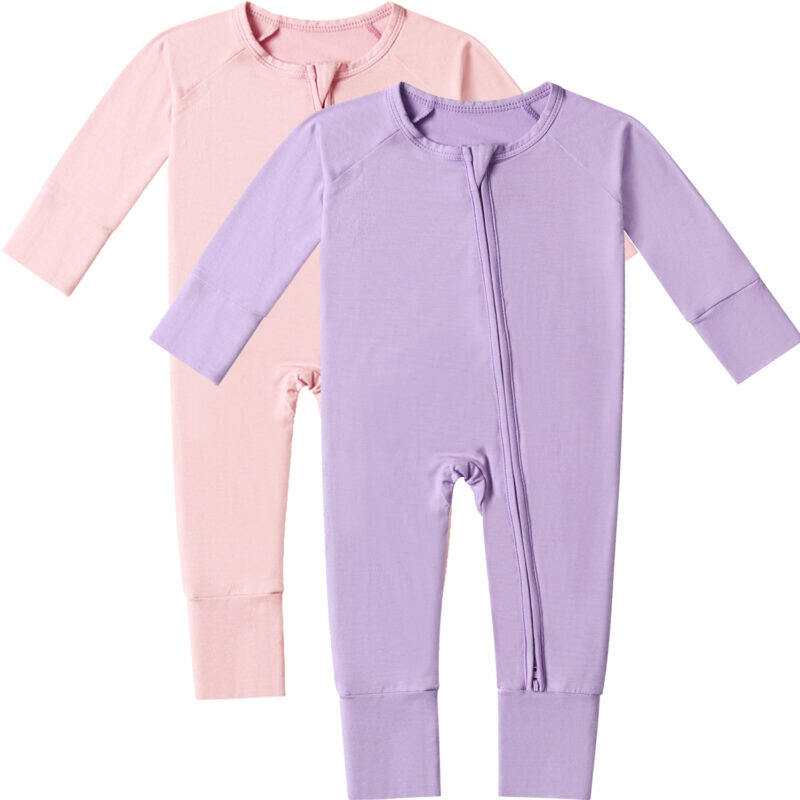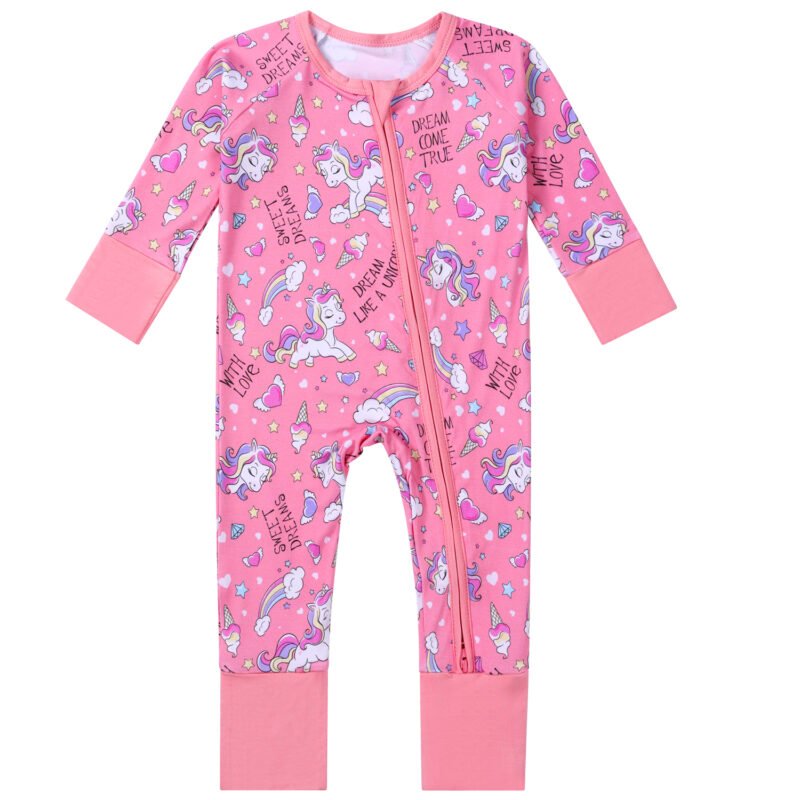Fabric Choices for Children’s Clothing: Pros and Cons of Cotton, Modal, and Bamboo Fiber

1. Cotton Clothing
▲ 1.1. Advantages of Cotton
Cotton clothing is the top choice for children’s wear due to its excellent breathability, softness, and affordability. Cotton fabric has long been favored for its unique properties, especially for children. Made from processed cotton fibers, cotton products are alkali-resistant, hygienic, heat-tolerant, soft, breathable, and highly absorbent, all while remaining budget-friendly. Considering children’s active nature, the fabric’s durability is also crucial.
▲ 1.2. Variety of Cotton Fabrics
Different cotton fabrics, such as ribbed fabric, cotton gauze, and knitted interlock, each suit different seasons.
- Ribbed fabric is lightweight, smooth, highly elastic, and breathable, making it ideal for summer wear.
- Cotton gauze excels in breathability and is perfect for summer undergarments.
- Knitted interlock offers elasticity, warmth, and a comfortable feel, suitable for autumn and winter underlayers.
▲ 1.3. Recommendations for Cotton Clothing
Choose garments with at least 95% cotton content to ensure comfort and health. Prioritize pure cotton when selecting children’s clothing, as it meets their needs while supporting well-being.
2. Modal Fabric
▲ 2.1. Characteristics of Modal
Modal boasts outstanding breathability and softness, making it ideal for close-fitting garments. Sourced from European shrubs, modal is a regenerated cellulose fiber spun from wood pulp. Like cotton (also a cellulose fiber), it is non-toxic and biodegradable, offering eco-friendly benefits. Its moisture absorption and breathability surpass cotton, and its silky texture makes it perfect for intimate wear.
▲ 2.2. Market Considerations
Due to its higher cost, blended or counterfeit products are common; thus, extra caution is advised when purchasing.
3. Bamboo Fiber Fabric
▲ 3.1. Advantages of Bamboo Fiber
Bamboo fiber is widely used in children’s underwear for its exceptional strength and antibacterial properties. Derived from natural bamboo, this cellulose fiber is highly durable, dye-friendly, breathable, and absorbent. It also naturally resists bacteria, inhibits odor, and provides a premium option for close-to-skin wear.
▲ 3.2. Types of Bamboo Fiber
Natural bamboo fiber (bamboo original fiber) retains bamboo’s innate qualities, while chemically processed bamboo fiber (e.g., bamboo viscose or bamboo charcoal fiber) may have reduced performance due to treatment. Bamboo viscose, as a bonded fiber, has lower strength and can break easily. Handle with care during washing, and avoid prolonged sun exposure or damp storage.
▲ 3.3. Precautions
Avoid products containing paraffin (especially industrial paraffin with harmful polycyclic aromatic hydrocarbons). Always choose bamboo fiber underwear from reputable manufacturers.
View more: https://darkviolet-woodpecker-899717.hostingersite.com/







